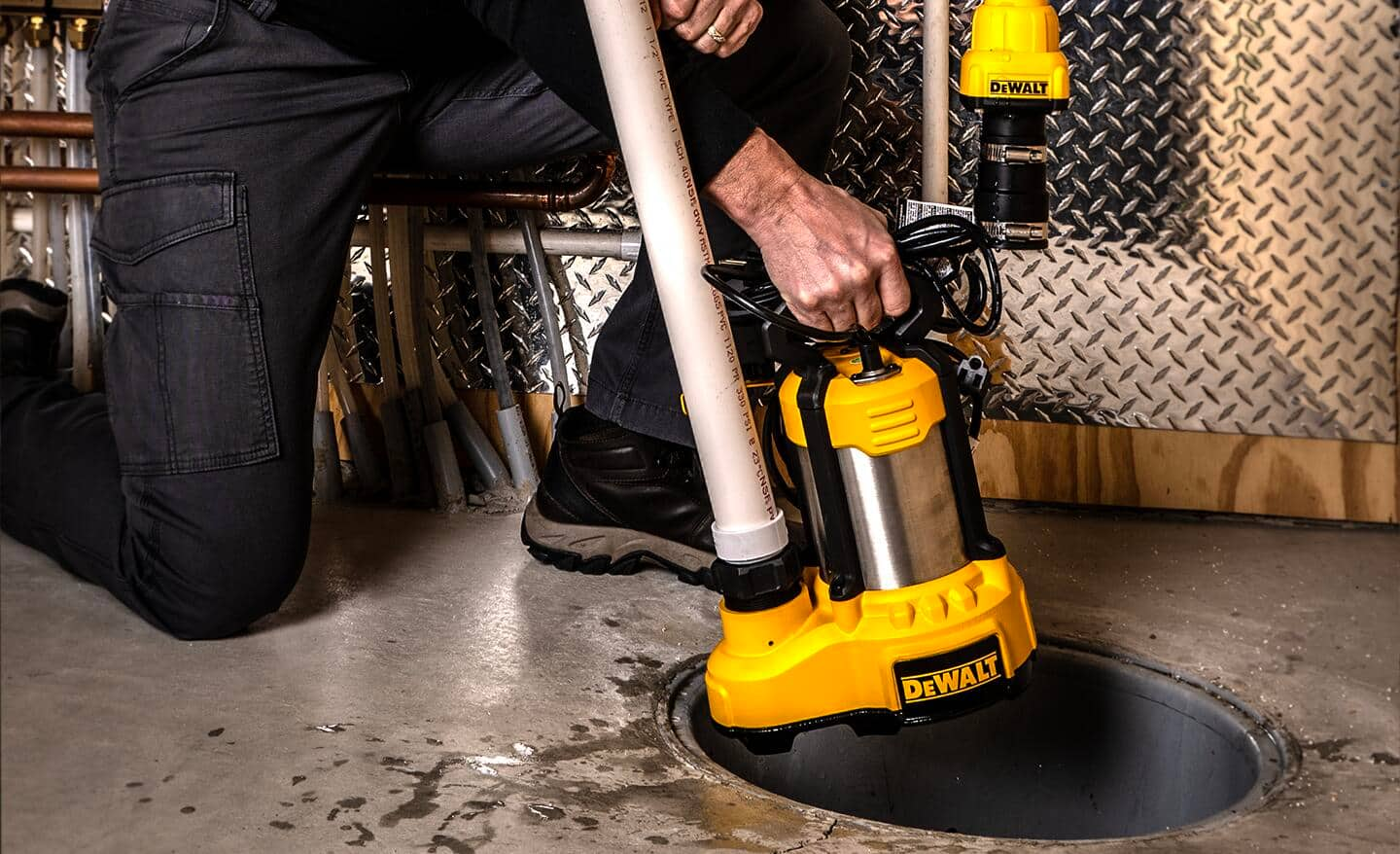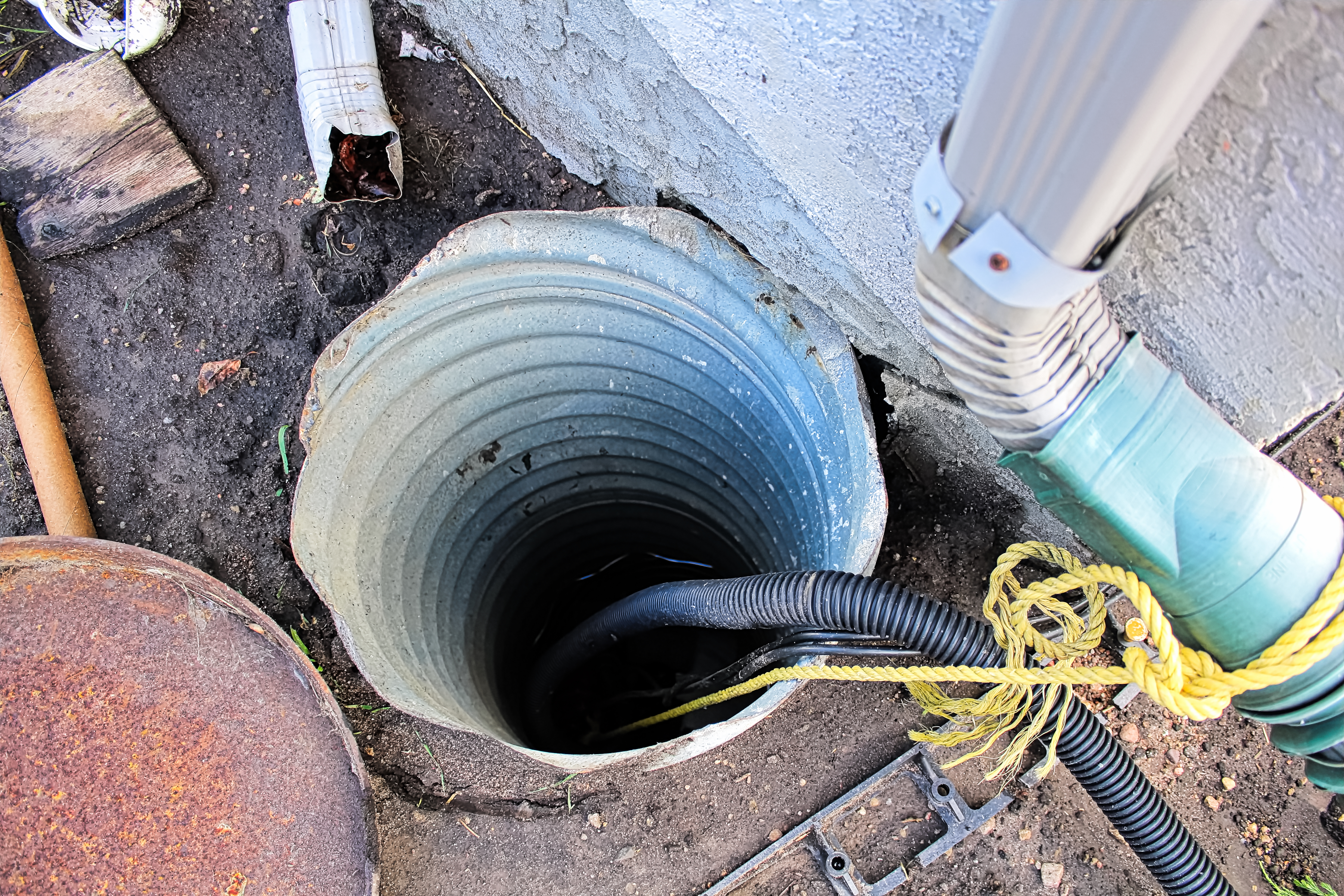Our Comprehensive Guide to Caring for a Sump Pump
Call TodayWe have uncovered this article pertaining to Keep Your Sump Pump Clean, It'll Keep You Dry listed below on the internet and believe it made good sense to relate it with you on this page.

Sump pumps are crucial components in numerous homes, specifically in locations prone to flooding or excessive dampness. They assist stop water damage by efficiently getting rid of excess water from cellars or crawl spaces. However, like any other home appliance, sump pumps call for regular upkeep to guarantee they work properly when needed the most. Cleaning your sump pump is an important part of its maintenance, and understanding exactly how to do it appropriately can save you from expensive repair work and prospective calamities.
Intro
Keeping a clean sump pump is vital for its proper performance and durability. Ignoring this important job can cause blockages, malfunctions, and eventually, water damages to your property. For that reason, finding out how to clean up a sump pump is crucial for house owners who depend on these gadgets to keep their cellars completely dry and safeguarded.
Indicators of a Dirty Sump Pump
Understanding when your sump pump requires cleaning is critical for preventing possible malfunctions. Some usual indications that show a dirty sump pump consist of strange noises throughout procedure, lowered water circulation, and visible debris in the pit. If you observe any of these signs, it's important to clean your sump pump without delay to prevent any kind of more issues.
Getting ready for Cleaning
Prior to you begin cleaning your sump pump, it's important to take some safety and security preventative measures. Start by turning off the power to the pump to stay clear of any electric accidents. In addition, use proper safety equipment, such as handwear covers and safety glasses, to shield yourself from dirt, debris, and potential pathogens.
Recognizing the Sump Pump
Prior to diving right into the cleansing procedure, it's vital to have a standard understanding of just how a sump pump works. Usually set up in a pit or basin listed below the basement floor, a sump pump consists of a number of key parts, consisting of a pump, a float switch, and a discharge pipeline. When water gathers in the pit, the float button triggers the pump, which then pumps the water out through the discharge pipeline, far from the structure's foundation.
Detailed Overview to Cleaning a Sump Pump
Turning off the Power
Begin by disconnecting the power supply to the sump pump to stop any mishaps while cleaning.
Checking for Correct Performance
Prior to reinstalling the pump, perform a fast examination to guarantee that the float switch turns on the pump properly. Put some water right into the sump pit and observe the pump's procedure. If everything is operating appropriately, you can rebuild the pump and reconnect the power supply.
Removing Debris and Dust
Use a pail or a scoop to remove any type of noticeable particles, dust, or sediment from the sump pit. Dispose of the debris appropriately to prevent it from obstructing the pump or the discharge pipeline.
Cleaning the Pump and Drift Change
As soon as the pit is clear of particles, very carefully eliminate the pump from the pit. Examine the pump and the float switch for any kind of signs of damages or wear. Use a soft brush or fabric to clean the surfaces and remove any type of accumulated gunk.
Flushing the System
After cleaning up the pump and float switch, purge the sump pit with clean water to eliminate any type of remaining dust or sediment. This will certainly assist make sure that the pump runs efficiently and effectively.
Maintenance Tips to Keep Your Sump Pump Clean
Along with periodic cleansing, there are numerous maintenance ideas you can comply with to keep your sump pump in optimum problem:
Final thought
Cleaning your sump pump is a critical facet of its upkeep and makes certain that it operates effectively when you require it the most. By adhering to the steps outlined in this overview and incorporating normal maintenance right into your regimen, you can extend the life-span of your sump pump and protect your home from water damage.
6 STEPS ON HOW TO CLEAN A SUMP PUMP PROPERLY
UNDERSTANDING SUMP PUMPS
Your sump pump plays a crucial role in protecting your home by managing and removing excess water. It primarily functions as a “shield”, guarding your basement against the damaging effects of water accumulation. The pump is housed in a sump pit in the lowest part of your basement, and its job is to pump out any water that collects there.
During heavy rainfalls or when snow melts rapidly, water can infiltrate your basement, posing potential risks like flooding, structural damage, and harmful mold growth. Here, the sump pump springs into action, pumping out the intruding water and directing it away from your home.
SAFETY FIRST
Before cleaning, remember to prioritize safety. Disconnect the sump pump from the power source to prevent any accidental electric shocks. Also, wear sturdy gloves to protect your hands from any sharp or dirty components within the pump.
REMOVE THE SUMP PUMP
After ensuring your safety, the next step is to remove the sump pump from its pit. Doing this might require careful maneuvering as you don’t want to damage any pump components. Once removed, clean the sump pit to remove any accumulated debris or sludge.
INSPECT THE PUMP
Inspect the pump for any visible signs of wear or damage. Check the power cord, float switch, and impeller housing. If any components look worn out or damaged, consider replacing them to ensure optimal performance.
CLEAN THE PUMP
Thoroughly clean the pump with warm, soapy water. Make sure to rid it of any dirt, gravel, or other debris that might impede its performance. You can use a toothbrush to clean the small, hard-to-reach parts of the pump.
REINSTALL THE SUMP PUMP
Reinstall the pump into the sump pit Make sure it’s positioned correctly to remove the water effectively Once it’s back in place, reconnect it to the power source TEST THE PUMP
Finally, pour some water into the pit to ensure the pump works correctly. It should start automatically and begin pumping out the water; if it doesn’t, check the power source and the positioning of the pump.
Remember, while cleaning your sump pump is an essential part of home maintenance, hiring a professional plumber for a thorough inspection and cleaning at least once a year is also important. This will ensure that your pump is in optimal condition, ready to protect your home from potential water damage.
BEST PRACTICES FOR CLEANING SUMP PUMP DISCHARGE PIPES
Regular Inspection: Regularly inspect your discharge pipes, especially during heavy rainfall or snowmelt periods. Look for any signs of blockage or damage. Early detection of problems can prevent serious issues down the line. Periodic Cleaning: Over time, sediment and debris can accumulate in the discharge pipes, impeding the flow of water. Regular cleaning helps keep the pipes clear and functioning efficiently. You can use a high-pressure water jet to effectively clean the pipes. Insulation During Winter: In colder climates, discharge pipes can freeze, blocking the outflow of water. Protect your discharge pipes from freezing temperatures by insulating them with foam pipe insulation. This will ensure the sump pump can continue to discharge water even in freezing conditions. Proper Positioning: The discharge pipe should be positioned to direct water away from your home’s foundation. Improper positioning can lead to water seeping back into the basement. Ensure the pipe is long enough and angled correctly. Installation of a Check Valve: A check valve prevents water from flowing back into your sump pit after the pump has pushed it out. Installing a check valve helps maintain the efficiency of your sump pump and reduces the risk of flooding. Minimize Pipe Turns: Every curve or turn in the discharge pipe can decrease the efficiency of water flow. By minimizing turns and bends in your discharge pipe, you can increase the efficiency of your sump pump. https://www.fullspeedplumbing.com/how-to-clean-a-sump-pump-properly9999/

Do you really like reading about How to Care for Your Sump Pump? Put a remark directly below. We will be pleased to see your responses about this post. We are looking forward to see you back again later on. Sharing is nice. Helping others is fun. Thank you so much for your time invested reading it.
Call Today